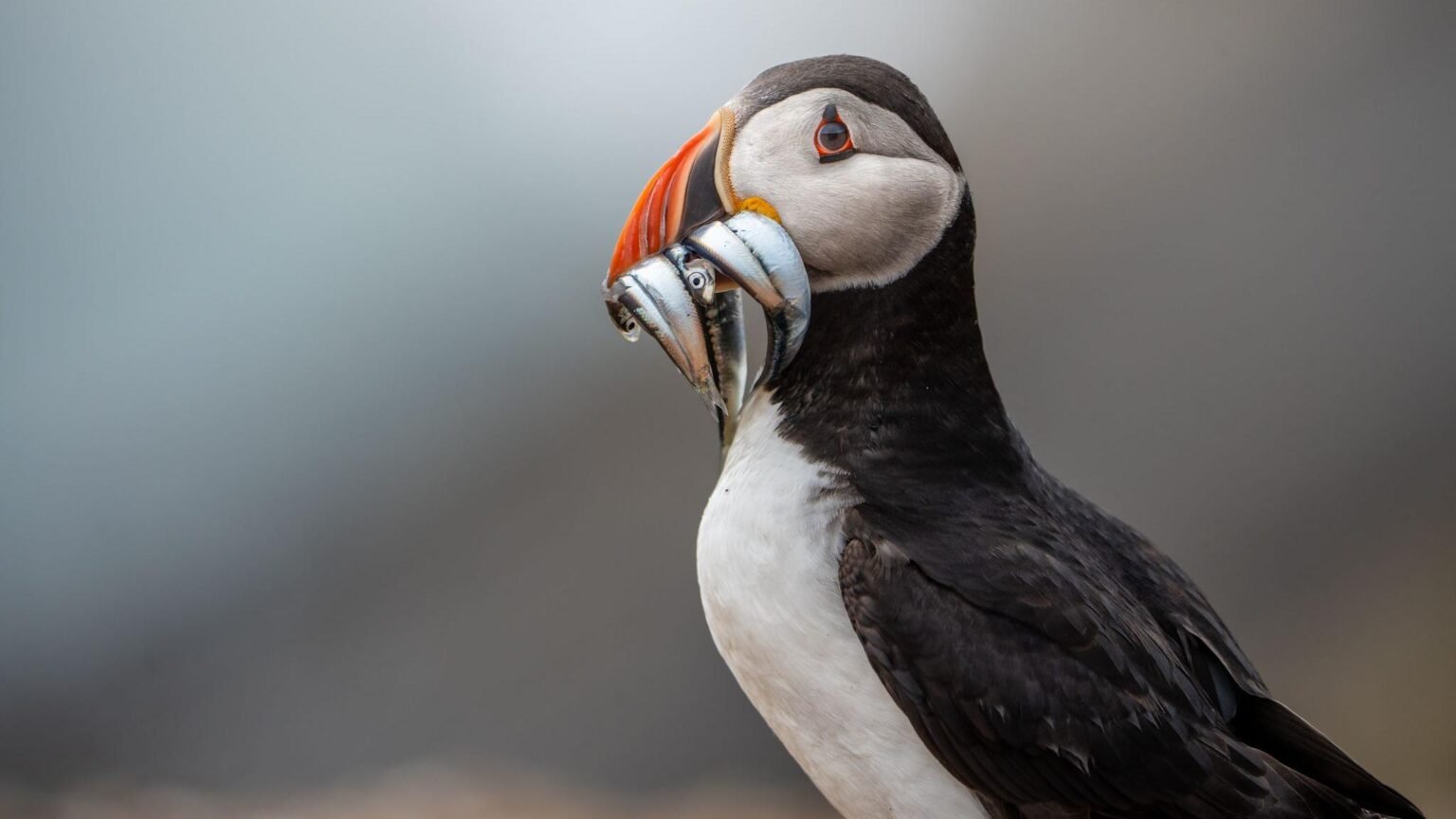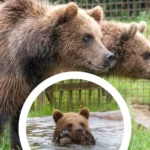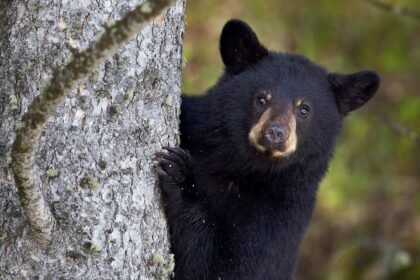Puffin Growth on Skomer: A Small Island’s Big Conservation Win
Puffin growth on Skomer has become a beacon of hope amid the global decline of these iconic seabirds. Despite troubling population drops elsewhere, the remote island off the Pembrokeshire coast has achieved a conservation milestone. Covering just over one square mile, Skomer Island has recorded an unprecedented 43,626 puffins this year, according to the Wildlife Trust of South and West Wales (WTSWW) — a historic high.
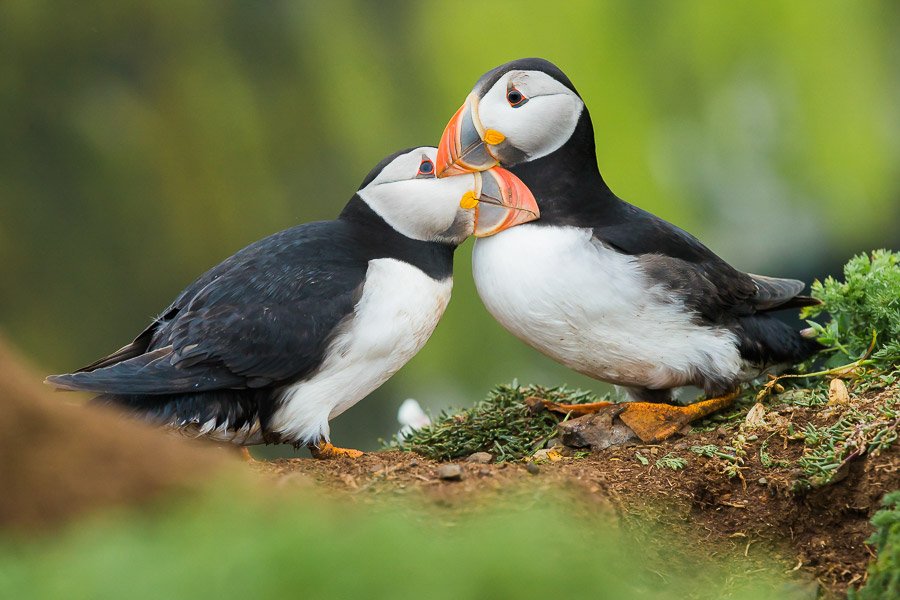
This dramatic puffin growth on Skomer is both a cause for celebration and a reflection of effective ecological stewardship. While the island stands as a success story, puffins remain vulnerable on a global scale, highlighting the urgent need for continued protection and research.
Why Puffin Growth on Skomer Island Is a Beacon for Seabird Conservation
Located less than a mile from the Welsh mainland, Skomer Island’s isolation shields its wildlife from common predators such as rats, foxes, cats, and dogs. This natural protection, combined with strict conservation measures, offers an ideal breeding ground for puffins and other seabirds.
Alongside puffins, the island supports an extraordinary array of birdlife, including approximately 350,000 pairs of Manx shearwaters and thousands of guillemots and razorbills. This biodiversity underscores Skomer’s international importance as a seabird sanctuary.
Tracking Puffin Growth on Skomer: Annual Seabird Census in Action
Every spring, the Wildlife Trust conducts a detailed seabird census to monitor populations and trends. Counting puffins is particularly challenging due to their nesting habits and the timing of their activities. Six dedicated staff members carry out the count during early evenings in the breeding season when the birds are most visible on land.
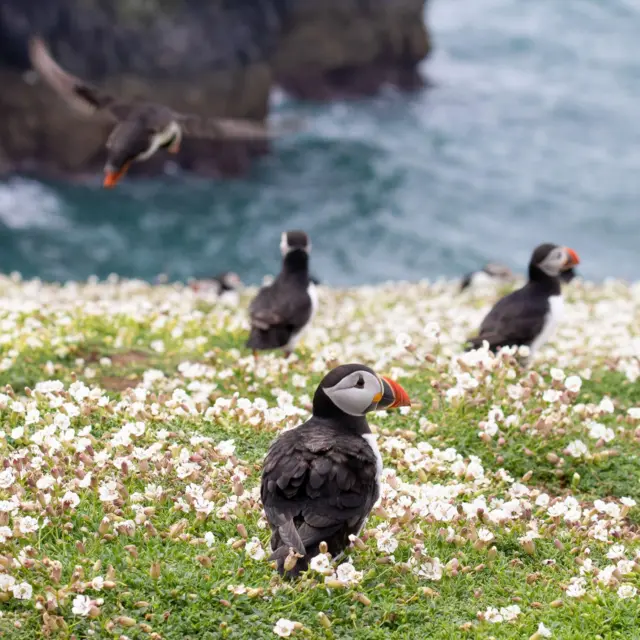
Rob Knott, the island’s visitor officer, describes the meticulous process: “We divide the island into sections and count puffins roughly two hours before sunset when they’re most active on the land. Using clickers, we tally the birds on land, in the air, and near the shore.”
While exact numbers may vary slightly due to natural counting difficulties, consistent methodology ensures reliable year-on-year comparisons.
Global Puffin Declines and Local Success Factors
Puffins face widespread threats, including pollution, changing ocean conditions, food shortages, and climate change. Consequently, they are classified as vulnerable by the International Union for Conservation of Nature (IUCN).
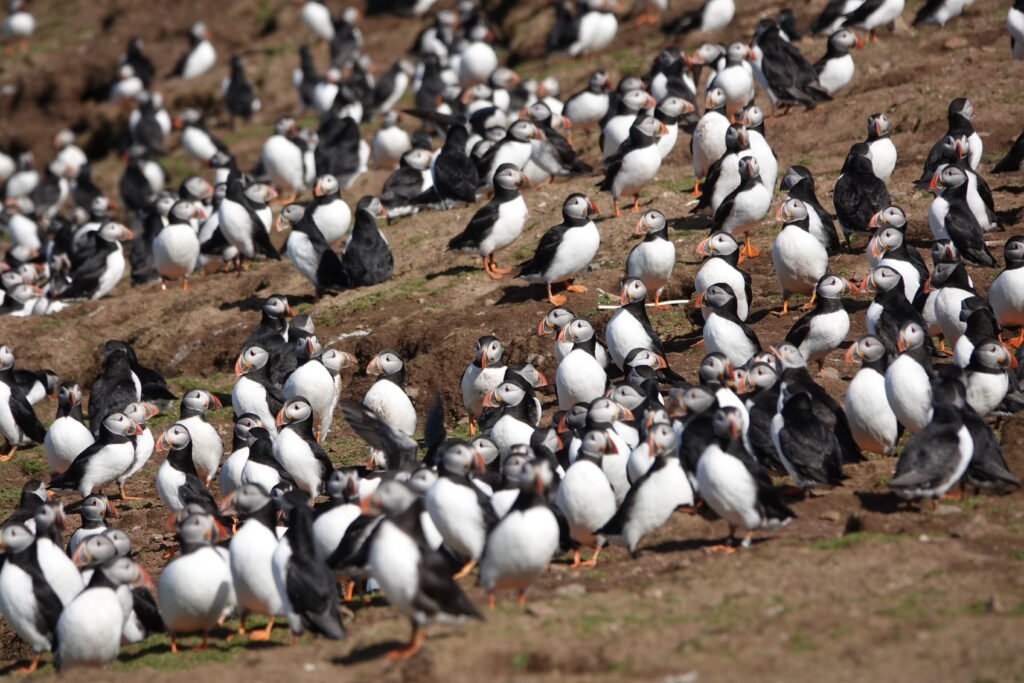
However, the thriving puffin population on Skomer Island is attributed to several positive factors. The abundance of fish in the surrounding waters provides ample food for puffin chicks, significantly boosting breeding success. Additionally, the absence of invasive predators removes a major obstacle faced by puffin colonies elsewhere.
New Challenges: Disease and Climate Threats
Despite the success story on Skomer, emerging threats loom large. Avian influenza outbreaks and marine heatwaves recently affecting parts of the UK coastline pose risks to seabird health and food availability.
Monitoring efforts led by WTSWW remain essential in tracking these challenges and informing conservation policies. Rob Knott emphasizes the importance of ongoing vigilance to sustain and enhance puffin populations both locally and nationally.
